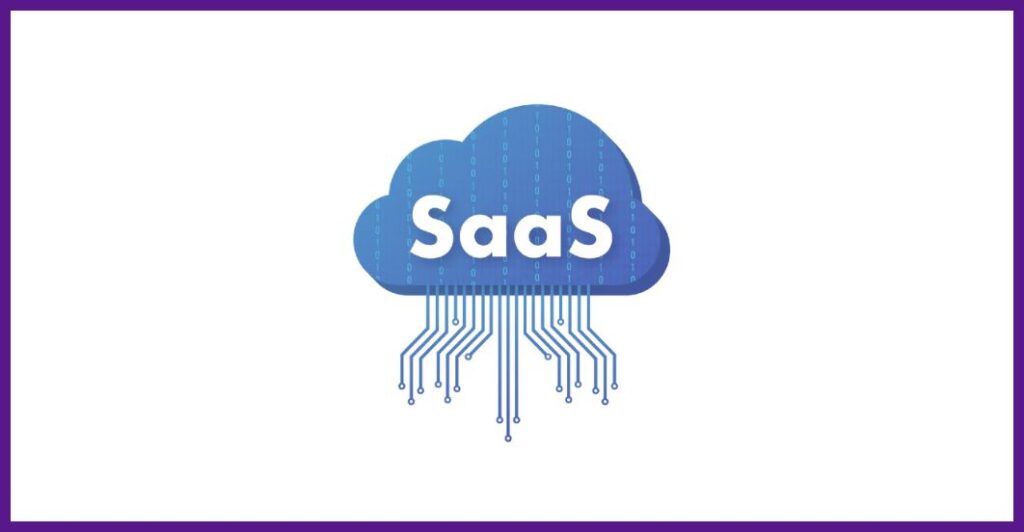SaaS Audit is an increasingly common process carried out by software manufacturers to ensure that their solutions are being used in accordance with the contracted terms. For companies, this can represent both a financial risk and an opportunity to strengthen their IT governance.
In an increasingly complex digital environment, companies using SaaS solutions need to ensure that their business processes, data management and data security are in line with market best practices. Continuous monitoring, combined with audit reports and direct integrations with existing systems, allows you to identify risks, streamline repetitive tasks and protect sensitive data and customer data stored in databases or data centers. By adopting a cloud-based SaaS solution with artificial intelligence capabilities, you can perform a complete assessment, improve customer service and strengthen internal auditing.
In this article, you will understand:
- What is a SaaS audit;
- How manufacturers conduct these checks;
- The risks and benefits of compliance;
- And how MattZero can support your company in getting ready and staying compliant with SaaS.
What is SaaS Auditing?
Audit SaaS is the practice of verifying the use of cloud software by customers, carried out by the manufacturer of the solution, for example Microsoft performs an audit to verify the use of M365. The objective is to ensure that the licensing conditions are being respected — especially with regard to the number of users, contracted features and region of use, an activity that is very common in businesses that involve the use of SaaS.
These audits can occur:
- Or periodically, according to the supplier's compliance practices.
- By contractual request (audit clauses);
- Upon detection of signs of excessive or unauthorized use;
Purpose of software vendor audit processes
Negotiations are more advantageous for software manufacturers when they present elements favorable to their interests. For this reason, they focus their efforts on preparing an adverse report that often describes a scenario from a partial perspective. Its content does not always reflect reality, as it brings together many interpretative elements.
In this way, what could not previously be obtained through commercial means can be more easily achieved based on alleged evidence of some breach of the terms of the license agreement.
It is therefore perfectly reasonable for software manufacturers to examine how their products are being used. It is logical to review the limits of the right to use the software, which is ultimately the subject of the license. However, this legitimate purpose is often tainted by the manufacturer's obvious commercial and strategic interests.
For example, manufacturers such as Microsoft and IBM provide in their contracts for the possibility of employing an independent third party. Others, such as Oracle, do not provide for this aspect, although they do, in practice, rely on so-called JPE (Joint Partner Engagement) Partners, with Seven Eighths being their main reference.
How do manufacturers perform SaaS auditing?
To verify compliance and the correct amount of licenses purchased compared to those used, SaaS Manufacturers use different methods to audit their customers, such as:
Analysis of access and consumption logs;
Request for internal IT reports;
Own monitoring tools or agents;
Self-assessment questionnaires accompanied by evidence.
Finally, a report is generated that compares actual usage with the contractual terms. If there are discrepancies, the audited company may have to pay fines, acquire additional licenses or adjust processes.
Example: The Role of the External Auditor for Microsoft
In the case of Microsoft, three different types of audit can be identified, ranging from self-declaratory to on-site. To conduct its audits, the company usually uses a combination of internal and external resources. Although Deloitte has conducted several reviews, PwC (a group of companies that includes Deloitte, EY (Ernst & Young) and KPMG.) was chosen to audit some partners.
So, in the Microsoft Business and Services Agreement (MBSA) The possibility of participation by an independent third party is expressly provided for. This is specifically covered in the section “Right to verify compliance”, which reads:
Microsoft has the right, at its own expense and risk, to verify compliance with the licensing terms for the Products. Customer will promptly provide the independent auditors with any information requested by them that Microsoft retains for verification purposes, including access to the systems running the Products and evidence of licensing for Products that Customer hosts, sublicenses, or distributes to third parties. Customer agrees to complete Microsoft’s self-audit process, which Microsoft may request as an alternative to an audit by a third party.
As with other software manufacturers, all applications and software used will be involved. Therefore, it is necessary to consider both management software and system software, in addition to web application development, app development or multiplatform application development.
For this reason, it is essential that every system administrator, web developer, or anyone involved in software development has a clear understanding of licensing. This also applies to technology and consulting staff involved in application development.
Main risks of non-compliance in SaaS audits
Ignoring or underestimating the importance of a SaaS audit can have serious consequences for your company. The main risks include financial fines and penalties, loss of access to essential services, negative impacts on your organization’s reputation, and even legal and contractual complications.
In addition, the IT team may face intense rework to correct irregularities and present justifications to the manufacturer. In many cases, these problems arise due to a lack of visibility into the SaaS assets in use, which reinforces the importance of good SaaS governance, in addition to the efficient and continuous management of these applications.
What are the advantages of a SaaS management solution for auditing and IT compliance?
With a solution of SaaS management, like MattZero, you maintain control of your IT infrastructure, hardware and software in compliance, with all indicators documented and always ready for internal or external audits. This reduces risk and eliminates the potential for fines for non-compliance.
Effectively managing your technology infrastructure improves your response to an audit and ensures ongoing compliance. Most large organizations undergo an annual software audit, whether for external compliance requirements or internal cost control. This percentage tends to increase among hardware and software manufacturers that have greater visibility into their customers.
Internal audits require effective controls and periodic responses to the technological environment and management processes.
SaaS information, when managed actively, continuously and through a centralized portal, is essential. This allows for accurate information, with the least possible consumption of resources and time.
How MattZero Helps Your Company Prepare for SaaS Audits
O MattZero is a platform specialized in SaaS asset management and automatic discovery of cloud applications. With its SaaS Discovery, the solution allows:
- Detect non-compliance risks before the manufacturer comes to you.
- Structure an internal audit in order to test the procedure and avoid failures in the manufacturer's audit;
- Identify all SaaS applications in use, including those not officially approved (Shadow IT);
- Map which users access each tool and how often;
- Compare actual usage with contracts and purchased licenses;
- Generate reports with auditable and updated data;
SaaS audits are a reality — and they don’t have to be a hassle. With visibility, governance, and real-time data, your company can turn a risk into a competitive advantage.
MattZero is ready to be your ally on this journey. Talk to our experts and see how we can help your company maintain compliance with confidence and agility.





